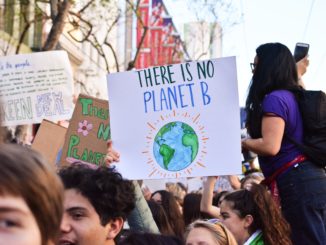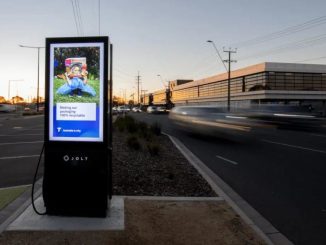
Topic:
With the 2025 federal election looming, Australia stands at a crossroads: should it embrace nuclear power as part of its energy transition, or double down on renewables? The Liberal-National Coalition’s plan for seven nuclear plants has ignited fierce debate, promising “cheaper, cleaner, and consistent energy” but facing warnings of skyrocketing costs, delays, and community division. This feature will cut through the political noise and explore the real, researched impact of nuclear power on Australian society-economically, socially, and environmentally.
Keyword Tags:
nuclear power, Australia, energy transition, climate change, renewables, public health, 2025 election
Chosen Publication:
I propose this article for The Conversation, as it is renowned for research based analysis of complex policy and technology issues. Its audience base includes academics, policymakers, and informed citizens, readers will appreciate a nuanced, evidence-based exploration of nuclear energy’s implications for Australia.
Target User Group:
-
University scholars and students in public policy, environmental science, and economics
-
Policymakers and government advisors
-
Journalists and energy sector professionals
-
Concerned citizens engaged in Australia’s energy transition
Ideas and Argument:
This commentary will argue that, despite the allure of nuclear as a zero-emissions solution, the evidence overwhelmingly suggests that nuclear power would bring higher costs, slower emissions reductions, and significant social risks to Australia-at a time when rapid, affordable, and inclusive energy transition is critical.
Structure:
Introduction: Set the stage with the 2025 election and the Coalition’s nuclear proposal.
Economic Impact: Present research on costs, timelines, and energy prices.
Environmental and Social Impact: Examine emissions, waste, water use, and community division.
Public Health and Community Concerns: Highlight health risks and local opposition.
Alternatives: Renewables are not only cheaper and quicker to deploy.
Conclusion: Argue that nuclear power is a high-cost, high-risk gamble, and that rapid investment in renewables remains Australia’s best path forward.
Sources of Information:
Australia’s nuclear debate is increasingly shaped by conflicting evidence: the CSIRO GenCost Report confirms nuclear power would cost at least twice as much as renewables and take 15+ years to deliver electricity, while analysis by the Climate Council and Climate Change Authority warns nuclear could raise household bills by $665/year and add 1 billion tonnes of emissions by 2050 compared to renewables. Public opinion remains divided, with a 2024 Lowy Institute poll showing 61% support for nuclear power but significant opposition over safety and waste concerns-issues amplified by the Australian Nursing & Midwifery Federation, which highlights health risks linked to radiation and nuclear disasters.
Interviewees:
-
Technical and policy expertise
-
Nuclear engineering and workforce development
-
Economic analysis of energy pathways
-
Local perspectives from proposed nuclear sites
-
Public health agencies
Interactivity:
-
Poll: “Do you support nuclear power for Australia’s energy future?”
-
Comment section: Invite readers to share their views on nuclear energy.
Summary:
This feature will deliver a clear, research-driven analysis of nuclear power’s impact on Australian society, helping The Conversation’s audience make informed decisions as energy policy becomes a defining issue of the 2025 election.




Be the first to comment